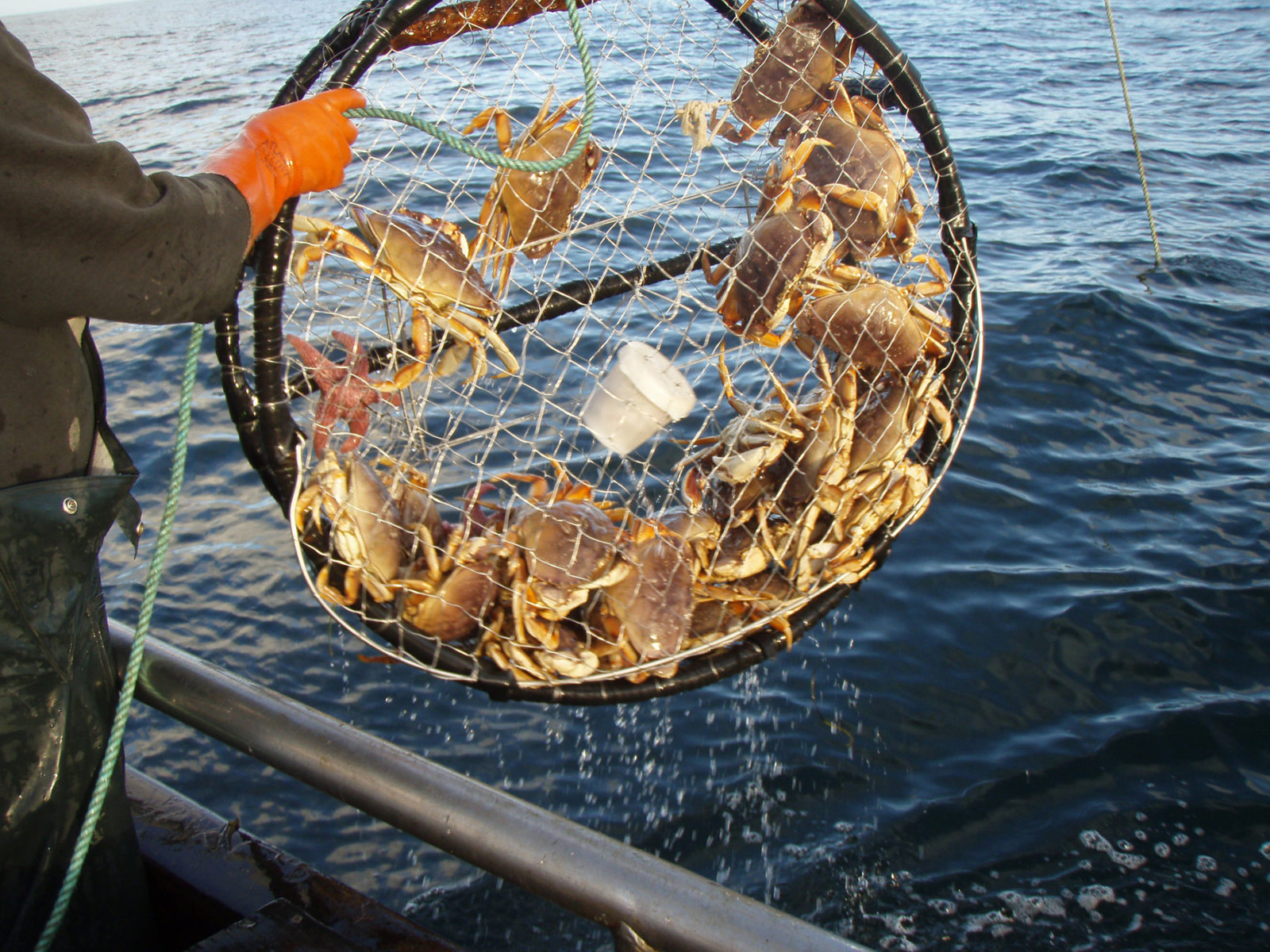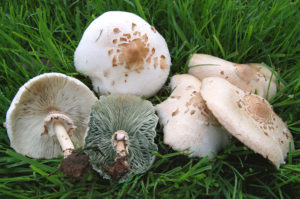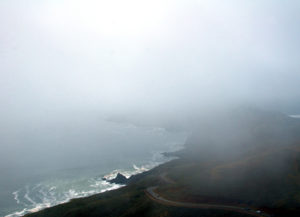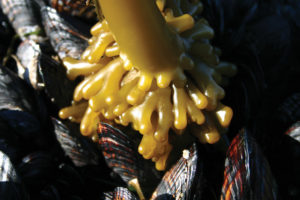Why couldn’t I buy live crabs this Thanksgiving?
Whether or not you choose to use your carnassial teeth for their intended purpose, eating Dungeness crabs (Metacarcinus magister) is something of a regional tradition around the holidays. A “crab feed” is to the West Coast as a lobster bake is to the Northeast, a bull and oyster roast is to the upper Chesapeake Bay, and a pig pickin’ is to the South. Gatherings celebrating nature’s bounty are a cross-cultural commonality, and let’s face it — they frequently involve tasty animals.
You may have noticed there were no live crabs at the markets this year. That’s because the annual opening of California’s commercial Dungeness crab season has so far been delayed, and a perfect storm of environmental factors is brewing that may just completely shut it down for the future.
Regulators have traditionally set the opening of the Dungeness season just before Thanksgiving primarily due to life cycles and migratory patterns. Dungeness mating happens from February through June in the shallow, protected waters of estuaries like San Francisco and San Pablo Bays, so those places are off limits for harvesting them. You’ll never buy a female Dungeness – their commercial take is outlawed for good reason: each can produce up to 2.5 million eggs a season! And let’s be honest, males are only good for one thing anyway. OK, two if you include eating them.
Mating is a vulnerable time for the female, happening just after she molts. Her mate embraces and protects her as her new shell hardens. By sometime between October and December she’s made her way to the ocean where she “berries up” with a bright orange sponge of fertilized eggs held snugly under her abdomen. By February the eggs have turned dark brown and hatched, and she’s finally sent them off to venture out into the world on their own.
Like college freshmen getting their first taste of freedom, the planktonic larvae are ready for some serious partying before they settle down and grow up. Staying up all night, they feed at the ocean’s surface, then crash hard in the morning, going as deep as 80 feet to rest it off in the day. Their daily vertical migration protects them from daytime predation (including by other crabs, which are cannibalistic), and also allows them to follow natural currents that bring them toward the shore as they begin to crawl into eelgrass beds and other protective structures where they hide, feed, and go through multiple molts before becoming adults.
But ocean currents are changing. Remember “the Blob”? Not the 1958 sci-fi B movie starring Steve McQueen & Aneta Corsau, but the way scarier warm water episode that started in the fall of 2013. By 2015 it prompted international attention to its unprecedented ecological impacts, and also phone calls to the police about what appeared to be human body parts washing up on beaches. (Thankfully they just turned out to be a bunch of kinky California sea hares that showed up with the warmer than usual water.) That warm water stuck around into the fall and winter, and with it came tests revealing persistently high levels of a neurotoxin called domoic acid in the viscera of Dungeness crabs.
The domoic acid was determined to be from a diatom of the genus Pseudo-nitzschia blooming off the entire Pacific coast from central California to Alaska. About half of the 54 Pseudo-nitzschia species can produce the toxin, which accumulates up the food chain affecting sea lions, birds, and other creatures, causing them to get sick or even die. An accident involving motorists and a disoriented pelican conjured up images from Alfred Hitchcock’s classic The Birds. In fact, a 2011 research paper had already linked the neurotoxin-producing diatom to a 1961 incident in Capitola thought to be Hitchcock’s inspiration. It was in 1987 though that domoic acid was first linked to amnesiac shellfish poisoning when three people died and more than one hundred got sick in Prince Edward Island, Canada from eating contaminated mussels.
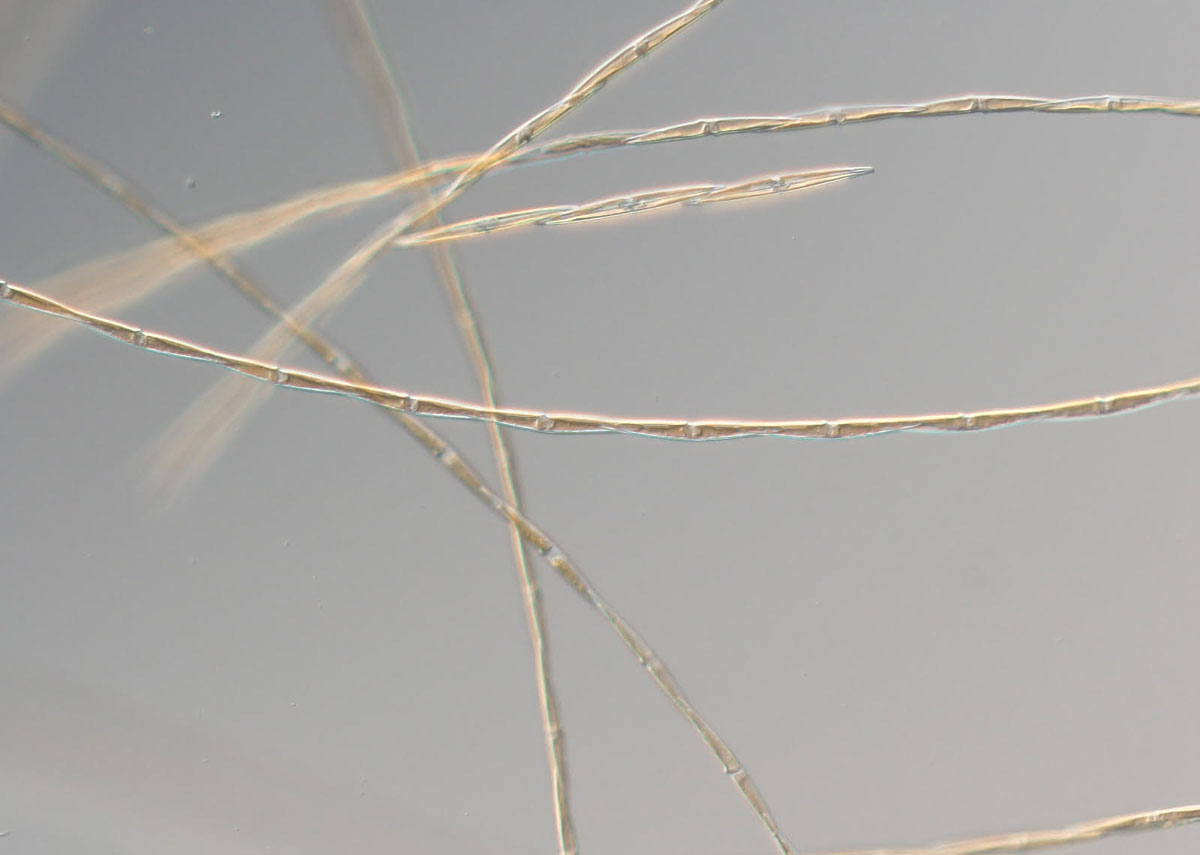
Back to November 2015. When dangerously high levels of domoic acid prompted the temporary closure of the crabbing season along the entire coast, crabbers missed the holiday markets. Many commercial fishermen and others on the supply chain faced unprecedented financial losses. A $25.6 million federal disaster package finally arrived this year.
A lot has happened since 2015, and we haven’t even hit the tip of the proverbial melting iceberg. In 2016 warm water and domoic acid persisted. The majority of commercial crabbing usually ends before the winter humpback whale migration, but a four-month delay to the opening of the season in 2016 combined with the closure of the area north of Point Reyes concentrated the efforts of commercial crabbers precisely when and where the whales were visiting. It didn’t help that the humpbacks arrived earlier than usual, or that there were more of them near shore. They were being spotted inside the Golden Gate in record numbers, a strange event in and of itself.
Up and down the entire West Coast, humpback entanglements in commercial Dungeness crab gear reached record highs in 2016. In 2017 the Center for Biological Diversity sued the state Department of Fish and Wildlife, arguing the state needed to reform the fishery to comply with the Endangered Species Act. As part of a court settlement CDFW agreed to new rules in 2018, and the 2018-2019 crabbing season was closed two and a half months earlier than scheduled. Now, going forward, in addition to the potential for domoic acid to shut down Dungeness crab season, whale entanglements will also be a factor.
The 2019-2020 season will open, then, when – or if – the whales move away. The state had originally scheduled the opening for November 15, but delayed it by a week to reduce risk of entanglements. Then, when 86 whales were spotted off Point Reyes in mid-November, the Bodega Bay Fishermen’s Association wrote a letter urging the CDFW to delay even longer. If the whales have moved along by December 15, and if tests for domoic acid remain within healthy limits, there’s a good chance you’ll be able to buy that fresh holiday crab by the end of the month.
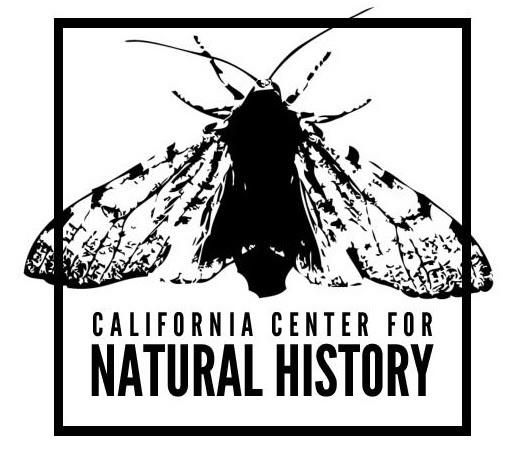
Ask the Naturalist is a reader-funded bimonthly column with the California Center for Natural History that answers your questions about the natural world of the San Francisco Bay Area. Have a question for the naturalist? Fill out our question form or email us at atn at baynature.org!

